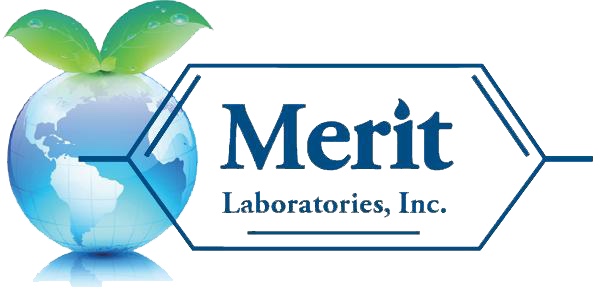In an expected move, the U.S. EPA is officially proposing a rule to add both perfluorooctanoic acid (PFOA) and perfluorooctanesulfonic acid (PFOS) as hazardous substances under Superfund (CERCLA). EPA made the announcement on August 25, 2022, in a pre-publication notice in the Federal Register.
It is widely anticipated that, if this proposed rule is finalized, it would have long lasting impacts upon site investigation and remediation activities for PFAS chemicals. With this proposed rule, the finalized designation of PFOA and PFOS as hazardous substances under CERLCA, the EPA will have the authority to facilitate cleanup of contaminated sites where these chemicals are present. According to the EPA, the designation will also add to the set of tools already available under CERCLA to protect the public health and welfare and the environment. A finalized designation would also require federal agencies (include the Department of Defense) to meet all of the property transfer requirements in CERCLA, in section 120(h), when selling or transferring federally-owned real property.
As part of its pre-publication of this proposed rule, the EPA states that the designation of PFOA and PFAS as hazardous substances would allow for a faster pace of cleanups of PFAS-contaminated sites. In addition to some of the direct effects of a finalized designation, the EPA shared some indirect (downstream effects) in the notice:
EPA and other agencies exercising delegated CERCLA authority could respond to PFOA and PFOS releases and threatened releases without making the imminent and substantial danger finding that is required for responses now.
EPA and delegated agencies could require potentially responsible parties to address PFOA or PFOS releases that pose an imminent and substantial endangerment to public health or welfare or the environment.
EPA and delegated agencies could recover PFOA and PFOS cleanup costs from potentially responsible parties, to facilitate having polluters and other potentially responsible parties, rather than taxpayers, pay for these cleanups.
Private parties that conduct cleanups that are consistent with the National Oil and Hazardous Substances Contingency Plan (NCP) could also recover PFOA and PFOS cleanup costs from potentially responsible parties.
PFOA and PFOS are PFAS compounds, also known as “forever chemicals” because they do not break down in the environment and bioaccumulate in living organisms. The salts and structural isomers of PFOA and PFOS are also included in this proposed designation. The structural isomers include both the linear and branched structures. The structural isomers of PFOA and PFOS maintain the carboxylic acid and sulfonic acid functional groups, while having different arrangements of carbon atoms in the fluorinated carbon chain.
Merit Laboratories is a leading national PFAS environmental laboratory, analyzing drinking water, soil, wastewater, groundwater, and other sample matrices, including biosolids and sludge. Analytical methods performed by Merit for PFAS include drinking water by EPA 533, EPA 537.1, and EPA 537 rev. 1.1, biosolids by ASTM D7968-17 with Isotopic Dilution, and soil, wastewater, groundwater, and surface water by ASTM D7979-19 with Isotopic Dilution and ASTM D7968-17.

